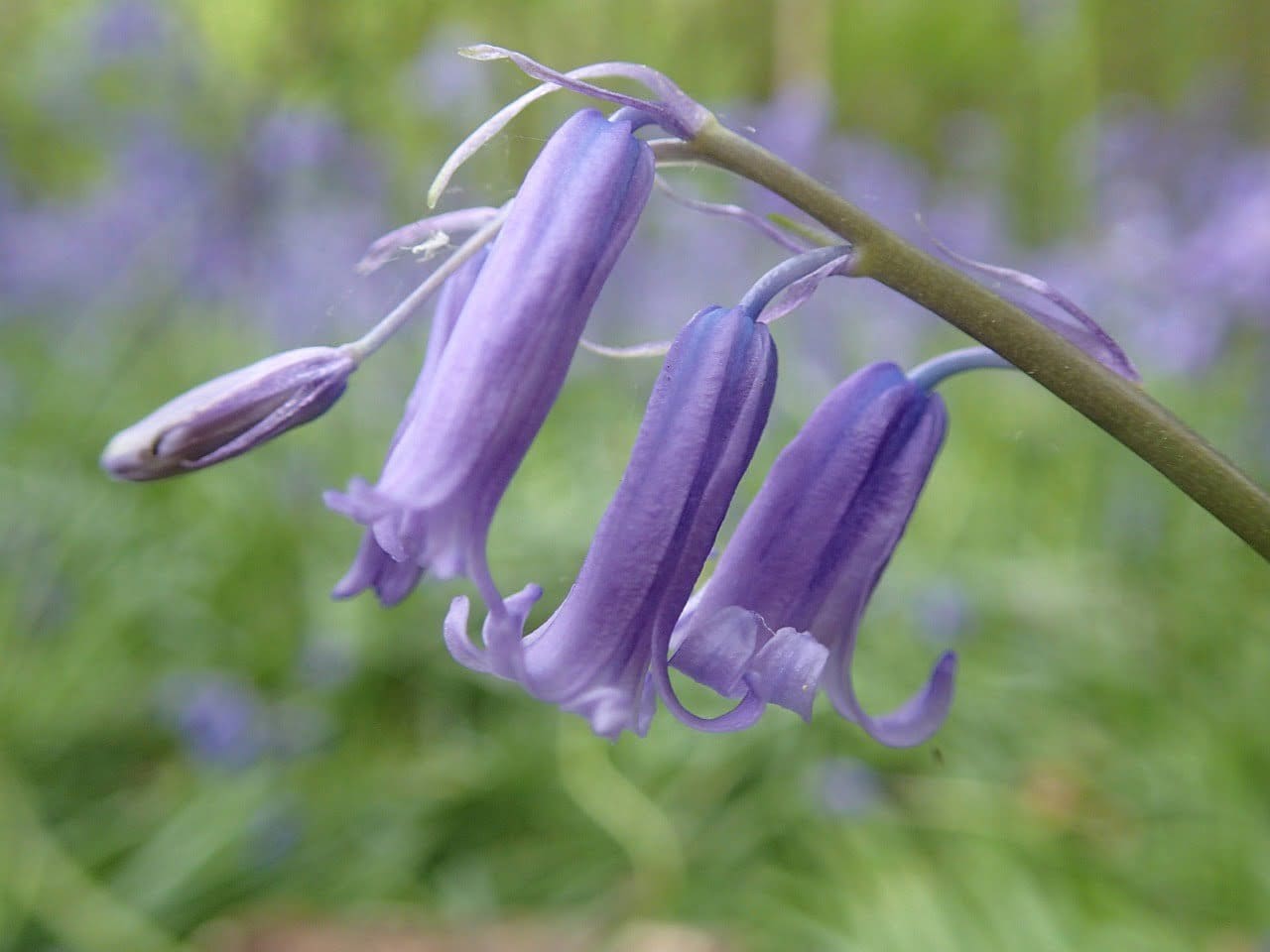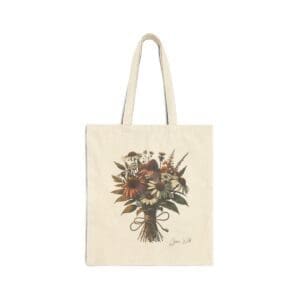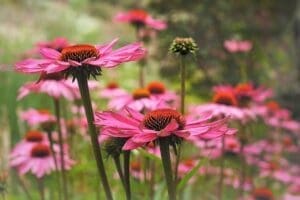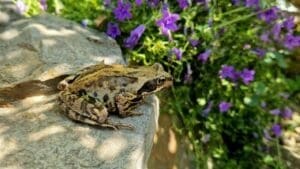A carpet of bluebells in flower is a magical sight. The nodding, bell-shaped blooms blanketing the forest floor provide an enchanting display. But you don’t have to visit woodlands to enjoy these beauties. With some simple tips, you can learn how to grow bluebells and bring a touch of woodland wonder to your own garden.
Bluebells, with their distinctive flowers in shades of blue to violet, evoke a romantic, old-world charm. They have long been admired in literature and art as harbingers of spring. Bluebells also have a rich folklore history, with associations of warning fairies and marking the boundaries between worlds.
If you’d like to cultivate a patch of these delightful spring ephemerals, read on to discover the secrets to successfully growing bluebells
You might also be interested in: Spring Flowering Bulbs
Understanding Bluebells
Before planting bluebells, it’s helpful to understand some key facts about their biology and origins.
- Bluebells belong to the genus Hyacinthoides, in the family Asparagaceae. The common bluebell found across Europe is Hyacinthoides non-scripta.
- Bluebells are native to woodlands across Western Europe, from the UK and France to the Iberian Peninsula. They thrive in humid, mild oceanic climates.
- The Spanish bluebell (H. hispanica) and hybrids are also popular in gardens. But the native common bluebell is preferred for conservation, as non-natives can cross-pollinate and threaten the genetic purity of wild populations.
- Bluebells have a rich background in mythology and folklore, often portrayed as magical but dangerous. Their nodding flowers are associated with grieving and loss.
Understanding some botany and background will inform proper site selection and care for your bluebells. Now let’s look at choosing the optimal growing conditions.
Choosing the Right Growing Conditions
When learning how to grow bluebells, choosing an appropriate site is key. Here are the ideal conditions to provide:
Bluebells thrive in moisture-retentive but well-draining soil. They prefer sandy loams on the acidic side, with a pH around 5.5 to 6.5. Stagnant wet soils should be avoided, as this can lead to bulb rot. Add compost or leaf mold to improve drainage in clay soils.
Dappled sunlight or partial shade is ideal. Bluebells can tolerate full sun in cooler climates but need afternoon shade in hotter areas. Under deciduous trees and shrubs is an excellent choice, as they allow sun early in the season and provide shade as the canopy fills out.
Site selection is critical when learning how to grow bluebells. Mimic their native woodland habitat for the best results. Now let’s dive into the planting process.
Planting Bluebells
To plant bluebells successfully:
- Plant bulbs in spring after frost danger has passed, or in autumn about one month before first frost. Spring planting of “in the green” bulbs is best for flowering the first season.
- Dig a hole or trench 10cm (4 inches) deep, place bulbs 10cm apart, and backfill. Space further apart for naturalization.
- Set bulbs with the pointed tips facing upward and flat bottoms down. The tips will produce leaves and flowers.
- Water thoroughly after planting and provide consistent moisture while plants are actively growing.
Proper spacing, depth, and orientation are important when learning how to grow bluebells. Pay close attention to these details for healthy plants. Now let’s explore caring for bluebells in your garden.
Caring for Bluebells
To keep your bluebells thriving season after season:
Water moderately throughout the growing season. Bluebells dislike drying out. However, take care to avoid waterlogged soil, which promotes rot.
Apply mulch around the plants in autumn. This helps retain soil moisture and suppress weeds. Leaf mold or compost are ideal mulching materials.
Minimal fertilization is needed, as bluebells thrive in nutrient-poor soils. Excess nitrogen can promote foliar growth at the expense of flowers.
Monitor for slugs and snails, which may chew leaves and flowers. Also check for foliar diseases like leaf spot or rust if irrigation is excessive.
With proper care following these guidelines, a patch of bluebells can flourish for years. Next let’s look at propagating bluebells to expand your display.
Propagation
Two methods for propagating bluebells are division and seed sowing.
Division is the most reliable way to increase stock of existing plants. Mature clumps can be divided in autumn after foliage dies back or in early spring. Gently separate bulblets and replant 10-15cm deep.
Growing bluebells from seed is rewarding but requires patience. Seeds take one to six years to flower. Sow seeds in containers in autumn for one to two years before transplanting to the garden.
Whichever propagation method you choose, take care not to distribute invasive bluebell hybrids. Now let’s answer some frequently asked questions.
FAQs – How To Grow Bluebells
Here are answers to some common bluebell growing questions:
When is the best time to plant bluebells? The optimal times are spring for “in the green” bulbs or autumn for dry bulbs.
Where should I plant bluebells in my garden? Choose a partially shaded spot with moist, well-drained soil, mimicking their native woodland habitat.
How deep should I plant bluebells? Plant bulbs 10-15cm (4-6 inches) deep and 10cm (4 inches) apart.
How often should I water bluebells? Provide consistent moisture through the growing season, taking care to avoid waterlogged soil.
How can I propagate bluebells? Divide mature clumps or sow seeds, being careful not to spread invasive hybrids.
With the proper growing conditions and care, you can successfully cultivate enchanting bluebells. Their nodding blooms will create a graceful woodland understory effect in your garden.







